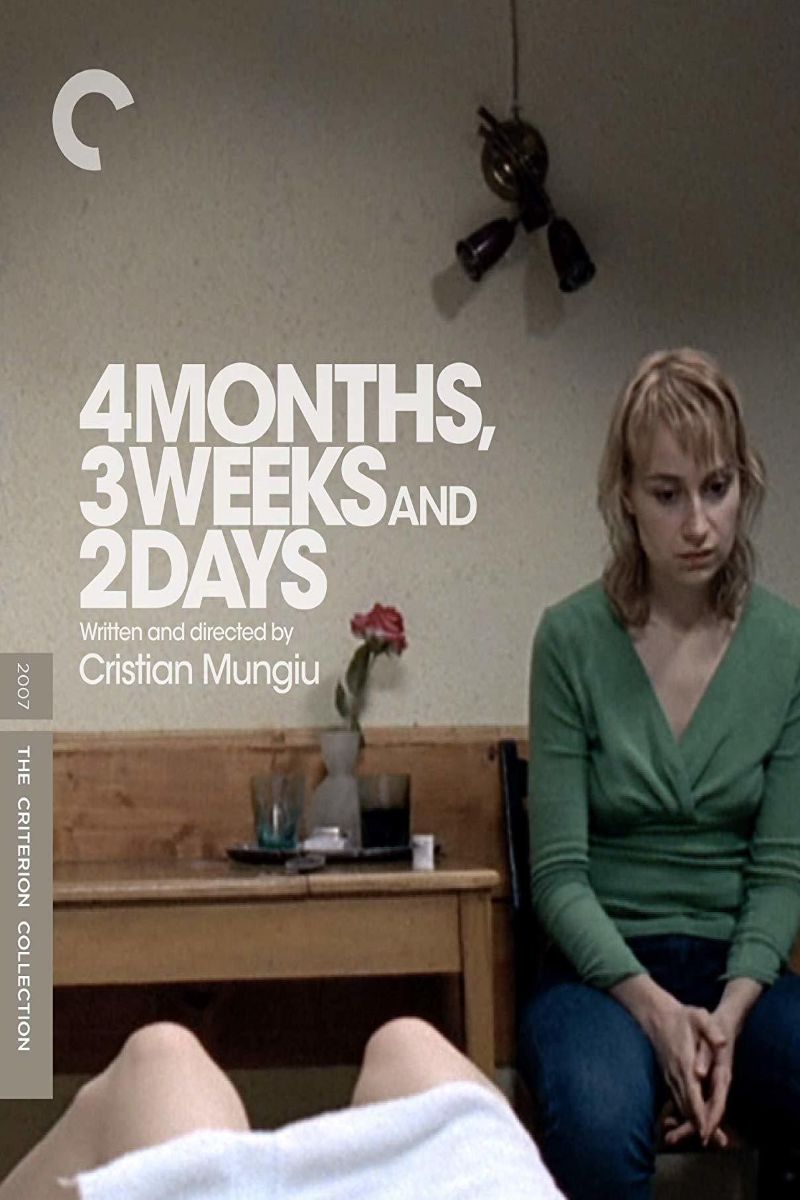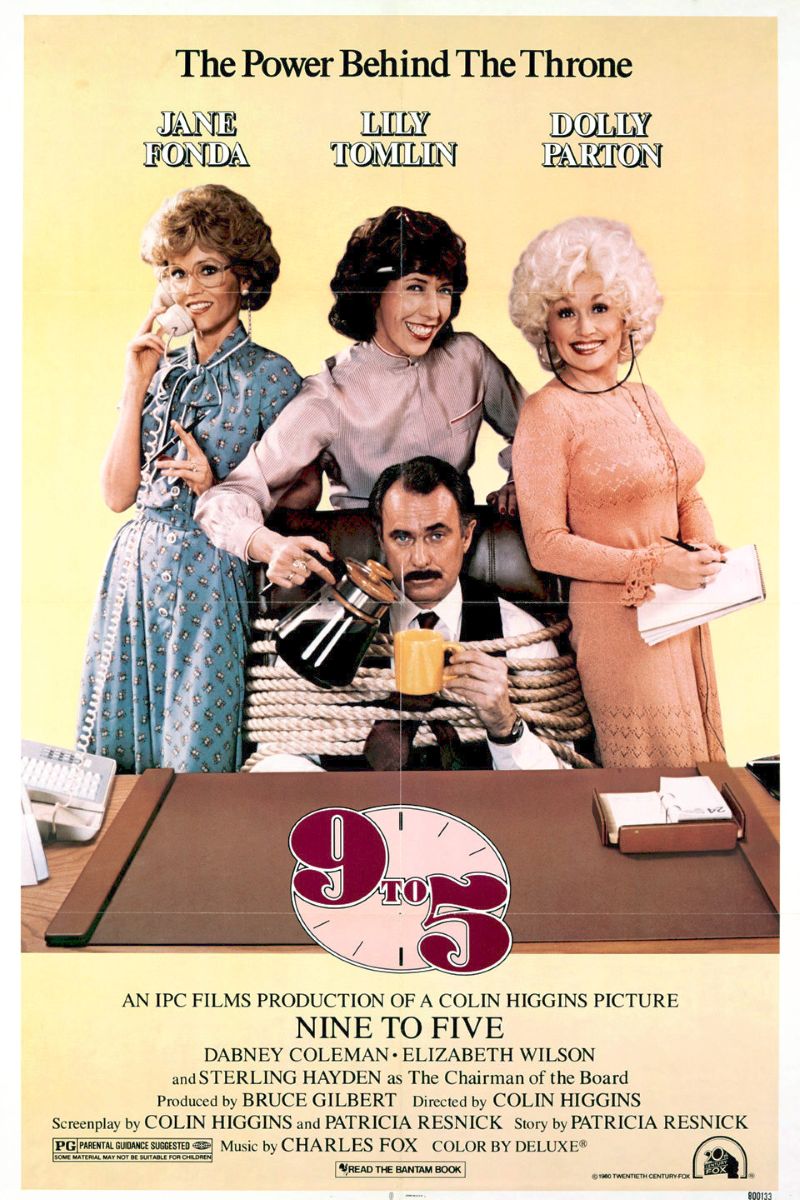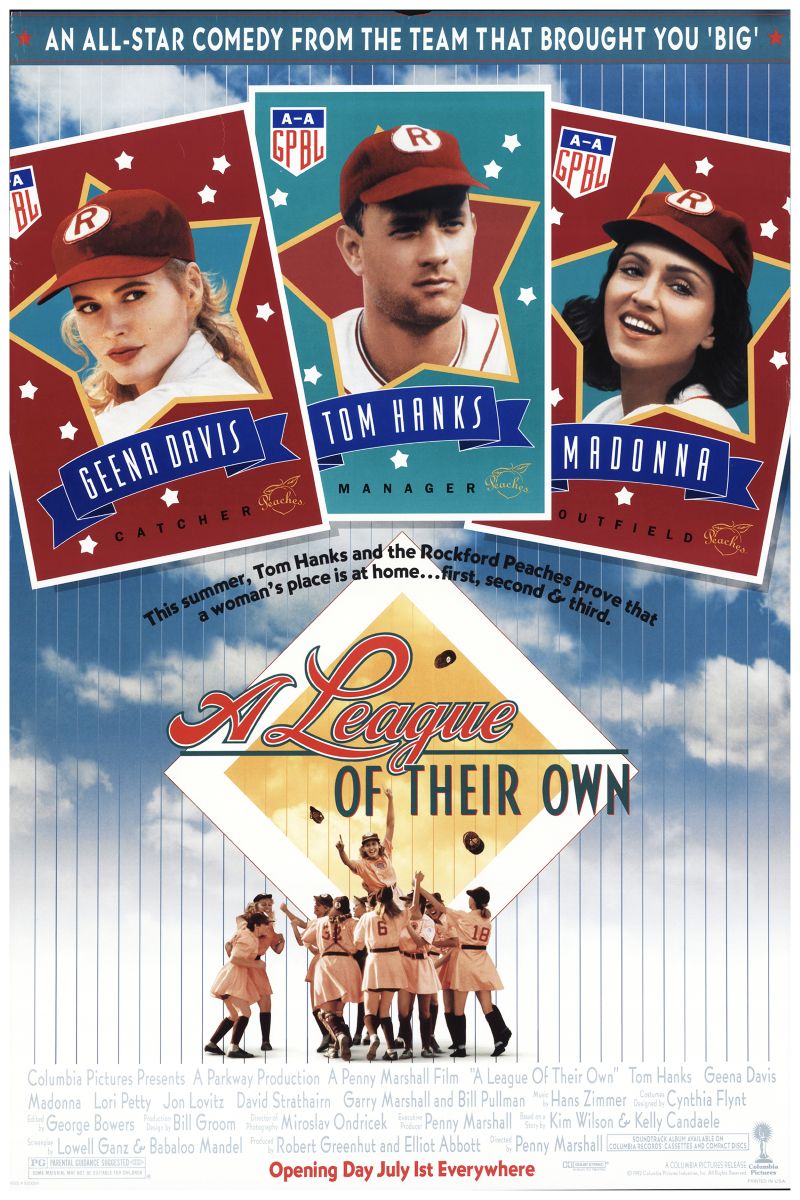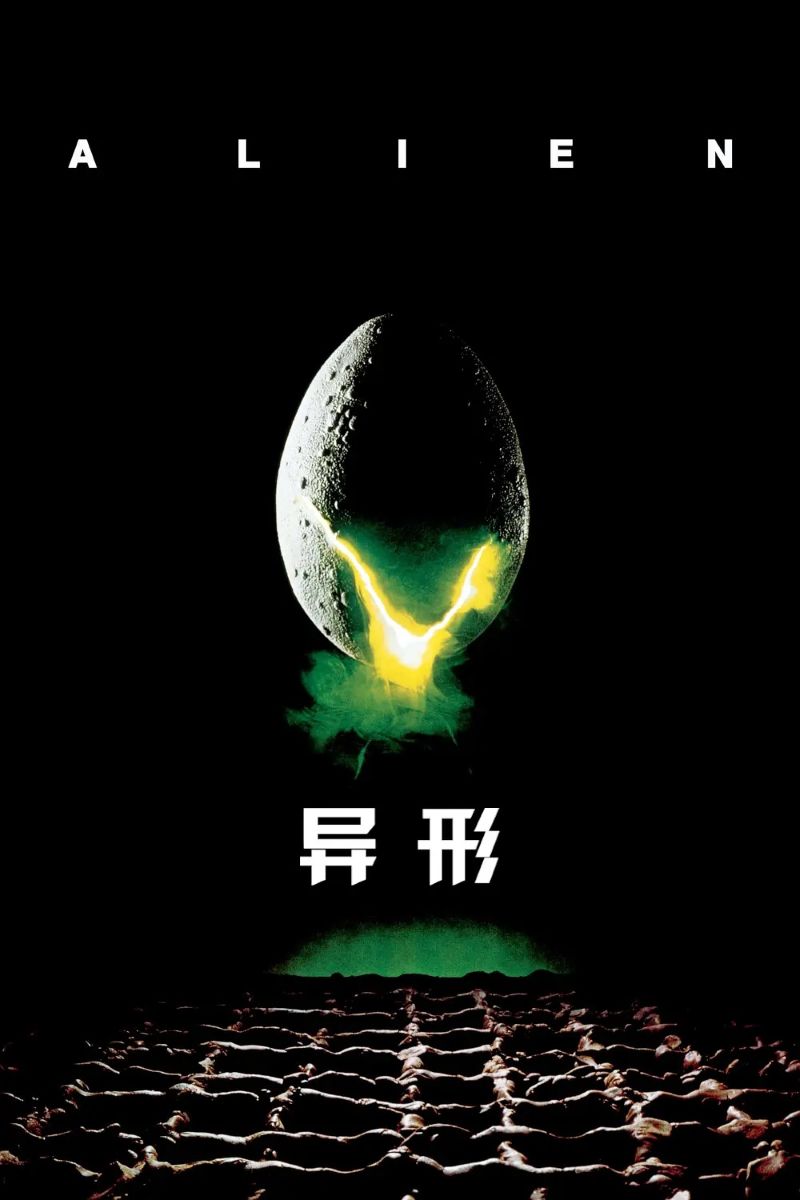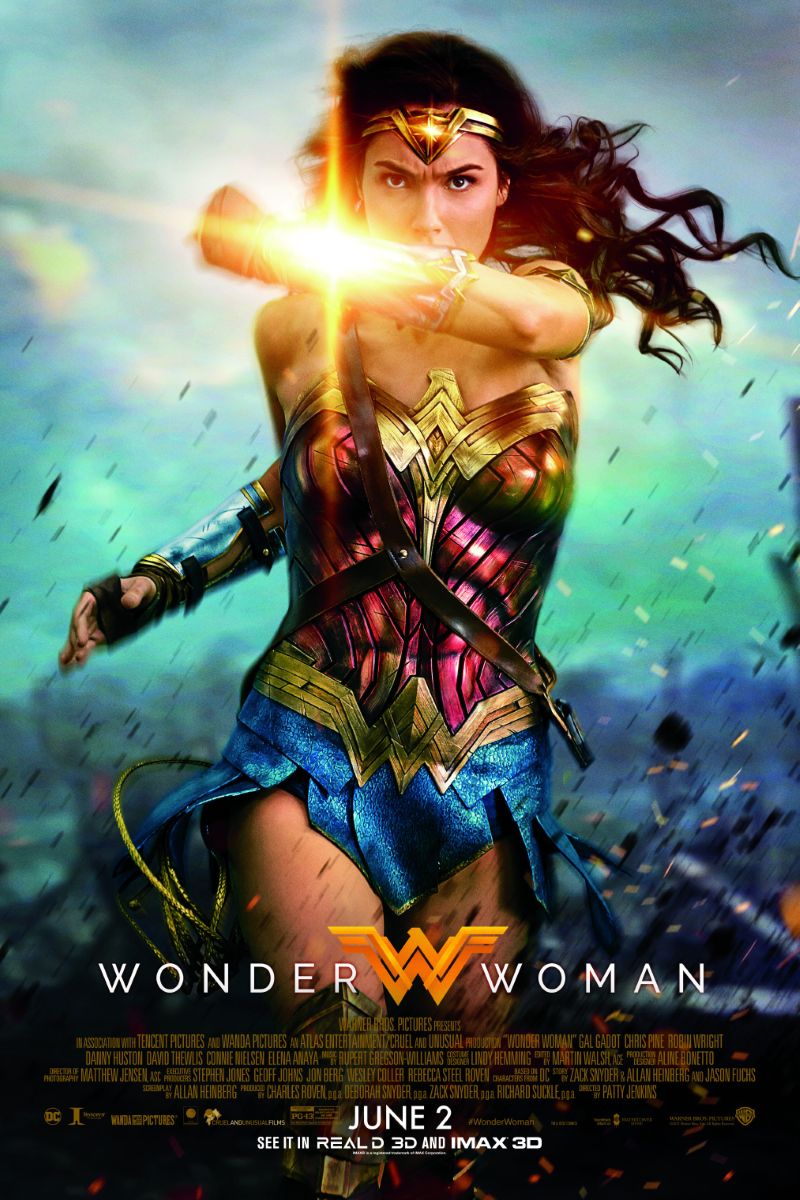
Wonder Woman
Wonder Woman
Patty Jenkins's Wonder Woman stars Gal Gadot as the titular DC Comics superhero, who fights injustice with strength, courage, and her golden Lasso of Truth. A box-office smash that scored more than $100 million on opening weekend—a record for a female-helmed film—it definitely positions Wonder Woman as the antidote to toxic masculinity her original creator imagined her to be.
主演
🎥 影评与解读
Patty Jenkins’s “Wonder Woman” stands as a watershed moment in both superhero cinema and feminist filmmaking, transforming what could have been a formulaic franchise entry into a powerful exploration of female heroism, wartime trauma, and the radical potential of compassionate leadership. Released in 2017 to unprecedented critical and commercial success, the film proved that female-led superhero narratives could dominate global box offices while delivering sophisticated commentary on gender, power, and the mythology of heroism itself.
Breaking the Superhero Glass Ceiling
“Wonder Woman” arrived at a crucial moment in both Hollywood and superhero cinema, when audiences were increasingly demanding diverse representation in blockbuster entertainment. Jenkins became the first woman to direct a superhero film since Elektra in 2005, and her success shattered long-held industry assumptions about female directors’ ability to handle large-scale action films.
The film’s record-breaking opening weekend—earning over $100 million domestically and becoming the highest-grossing film ever directed by a woman at the time—sent shockwaves through Hollywood’s executive suites. These numbers weren’t just commercial milestones; they represented a decisive rejection of the industry’s persistent belief that female-led action films couldn’t achieve global success.
Jenkins’s direction brings a distinctly feminine sensibility to the superhero genre without sacrificing spectacle or excitement. Her emphasis on character development, emotional authenticity, and the psychological costs of violence creates a template for superhero filmmaking that prioritizes humanity over mere heroics.
Mythological Feminism and Ancient Wisdom
The film’s opening act on Themyscira presents perhaps the most compelling vision of feminist utopia ever captured in mainstream cinema. The island of the Amazons isn’t simply a reversal of patriarchal society but a complex civilization built on principles of collective strength, environmental harmony, and warrior wisdom.
Robin Wright’s Antiope emerges as a crucial figure representing the warrior-woman archetype—fierce, protective, and uncompromising in her commitment to preparing Diana for the realities of conflict. Her death serves not merely as plot motivation but as a profound meditation on the sacrifices women make to protect future generations while challenging those who would limit their potential.
The Amazonian society depicted here offers an alternative model of female power that transcends traditional masculine definitions of strength. These women are warriors, yes, but also scholars, artists, and guardians of ancient wisdom. Their commitment to protecting the world from Ares reflects a fundamentally different approach to power—one based on protection rather than domination.
Deconstructing Toxic Masculinity
Through Diana’s journey into “Man’s World,” the film provides a systematic deconstruction of early 20th-century masculinity and its devastating consequences. The World War I setting isn’t merely historical backdrop but a deliberate choice to examine how masculine ideologies of honor, nationalism, and violence create cycles of destruction that women ultimately must clean up.
Chris Pine’s Steve Trevor represents a crucial bridge figure—a man capable of recognizing Diana’s superiority without feeling threatened by it. His character arc demonstrates how healthy masculinity might look: supportive rather than competitive, collaborative rather than controlling, willing to sacrifice for others rather than demanding sacrifice from them.
The film’s villains—from the pompous General Ludendorff to the ultimately revealed Ares—embody different aspects of toxic masculine power. They represent not individual evil but systemic problems with how masculine culture approaches conflict, viewing violence as the primary solution to complex problems.
The Radical Politics of Compassion
Diana’s most revolutionary quality isn’t her physical strength but her refusal to accept that suffering is inevitable. Her intervention in No Man’s Land—perhaps the film’s most iconic sequence—represents more than heroic action; it’s a fundamental rejection of the masculine logic that views certain casualties as acceptable.
The sequence works on multiple levels: as spectacular action cinema, as feminist statement, and as anti-war commentary. Diana’s charge across the battlefield doesn’t just save lives; it challenges the assumption that women should remain safely behind lines while men make the “real” decisions about war and peace.
Her compassion extends beyond mere kindness to become a form of political resistance. When Diana sees suffering, she acts to stop it, regardless of strategic considerations or chain of command. This approach threatens military hierarchies precisely because it prioritizes human welfare over institutional authority.
Confronting Historical and Contemporary Violence
The film’s World War I setting allows it to explore how women experience wartime trauma differently from men, while also drawing connections to contemporary forms of gender-based violence. Diana’s horror at discovering that men create suffering without divine manipulation reflects women’s ongoing struggle to understand how systems of violence persist despite their obvious destructiveness.
The poison gas subplot, with Elena Anaya’s Dr. Maru creating chemical weapons, complicates simple narratives about women as inherently peaceful. Maru represents how women can become complicit in systems of violence, particularly when they’re denied other forms of power and recognition.
Diana’s confrontation with these realities forces her to develop a more nuanced understanding of human nature—one that acknowledges capacity for both tremendous cruelty and profound goodness. This maturation process mirrors many women’s journey from idealistic belief in justice to pragmatic commitment to fighting for it despite institutional resistance.
Visual Language and Female Gaze
Jenkins employs what could be called a “female gaze” in her approach to both action sequences and intimate moments. The film’s cinematography emphasizes Diana’s perspective and experience rather than objectifying her for male viewers. When Diana removes her cloak to reveal her armor, the moment is about her choice and power rather than spectacle for others.
The film’s color palette—dominated by warm golds and natural earth tones rather than the cold blues and grays typical of many superhero films—creates a visual language that feels distinctly different from male-directed entries in the genre. This aesthetic choice reinforces the film’s themes about bringing warmth and humanity to cold, mechanized conflicts.
The iconic slow-motion sequences during Diana’s most powerful moments serve multiple purposes: they allow audiences to appreciate the beauty and precision of her movements while also creating space for emotional resonance rather than mere visual impact.
Economic Independence and Female Agency
Diana’s economic independence—she requires no male financial support or institutional backing—represents a crucial aspect of her character that’s often overlooked in discussions of the film. Her ability to act according to her conscience rather than economic necessity provides a model of female agency that many real women struggle to achieve.
Her rejection of various attempts to control or direct her actions reflects broader themes about women’s right to self-determination. Whether facing condescending military officials or well-meaning but paternalistic allies, Diana consistently asserts her right to make her own choices about how to use her power.
Breaking Cycles of Violence
The film’s climax, revealing that Ares merely amplifies existing human capacity for violence rather than creating it, forces both Diana and audiences to confront uncomfortable truths about the sources of conflict. This revelation transforms the film from simple good-versus-evil narrative into something more complex and challenging.
Diana’s ultimate victory comes not through superior violence but through her choice to embody love and compassion even in the face of ultimate betrayal. This resolution suggests that breaking cycles of violence requires more than defeating individual villains—it demands fundamental changes in how we approach conflict and difference.
Cultural Impact and Industry Transformation
“Wonder Woman’s” success created ripple effects throughout Hollywood that continue to influence filmmaking today. The film proved that female-led superhero narratives could succeed globally, leading to increased investment in diverse superhero properties and female directors for major franchise films.
The film’s influence extends beyond cinema into broader cultural conversations about female heroism, leadership, and power. Diana became a symbol for women’s movements worldwide, while Jenkins’s success inspired countless young women to pursue careers in film direction and production.
Contemporary Relevance
The film’s themes resonate strongly with contemporary feminist movements, from #MeToo to global struggles for women’s political representation. Diana’s refusal to accept that suffering is inevitable speaks to current movements challenging systemic inequality and violence.
Her commitment to fighting for those who cannot fight for themselves reflects the ongoing work of feminist activists worldwide, while her rejection of traditional power structures offers inspiration for those seeking to create more equitable institutions.
Conclusion: The Power of Representation
“Wonder Woman” succeeds because it understands that representation alone isn’t enough—the film needed to be genuinely excellent while also breaking new ground. Jenkins and Gadot created a character who feels both mythologically powerful and recognizably human, capable of inspiring audiences while remaining emotionally accessible.
The film’s ultimate achievement lies in its demonstration that superhero cinema can tackle serious themes about war, trauma, and justice while remaining thoroughly entertaining. By centering a female perspective without apology or explanation, “Wonder Woman” doesn’t just tell Diana’s story—it challenges audiences to reimagine what heroism looks like when guided by compassion rather than conquest.
Through her golden Lasso of Truth, Diana compels others to confront reality; through this film, Jenkins compels Hollywood and audiences to confront their own assumptions about whose stories deserve to be told on the biggest stages. The result is a work that functions simultaneously as crowd-pleasing entertainment and radical feminist statement, proving that the two need not be mutually exclusive when guided by genuine commitment to both craft and cause.
🏆 获奖与荣誉
- • Hugo Award Best Dramatic Presentation 2018年
- • AFI Top Ten Films 2017年
- • Teen Choice Awards Action Movie
- • 影评人选择奖 Awards Best Action Movie
⭐ 评分与链接
相关推荐
评论与讨论
与其他观众一起讨论这个视频
加入讨论
与其他观众一起讨论这个视频
评论加载中...
